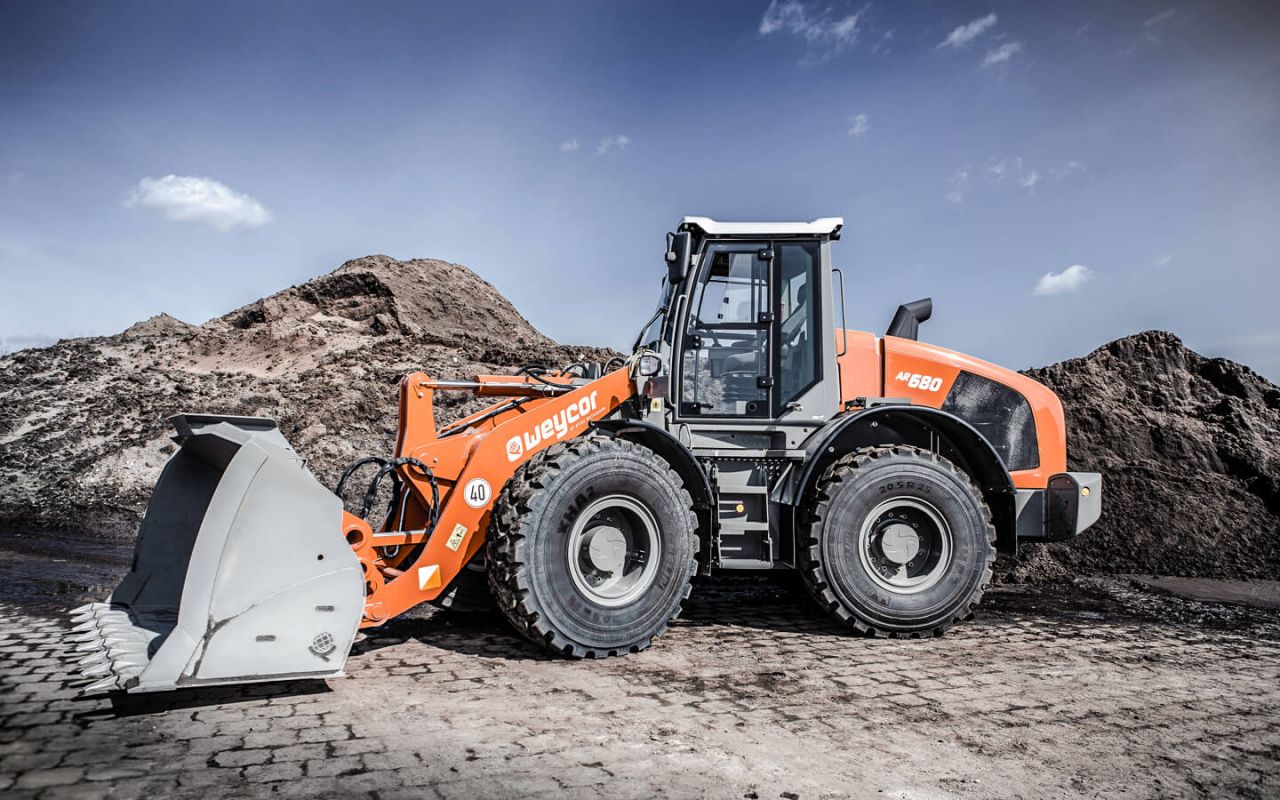
3 Heavy Equipment Hazards and How To Control Them
Heavy equipment is essential for construction projects, but it can also pose significant risks to workers if not used safely. Accidents involving heavy machinery can lead to severe injuries or even fatalities. To ensure a safe working environment, it is crucial to identify the most common hazards associated with heavy equipment operation and implement effective control measures. This article will discuss three major hazards associated with heavy machinery and provide practical tips on how to mitigate these risks.
Rollovers and Tip-Overs
One of the most dangerous hazards associated with heavy equipment operation is the risk of rollovers and tip-overs. These accidents can occur when the machinery is operated on uneven terrain, overloaded, or driven too fast. To prevent rollovers and tip-overs, follow these safety guidelines:
- Ensure that operators receive proper training on the specific equipment they will be using, including its limitations and safe maneuvering techniques.
- Conduct regular inspections and maintenance of the equipment to ensure it is in good working condition.
- Always operate the machinery at a safe speed, especially on slopes or uneven ground.
- Be mindful of the equipment’s payload or lift capacity and avoid overloading it.
- Use chocks to block the wheels and engage parking brakes when the equipment is parked or during maintenance.
Struck-By and Caught-In/Between Accidents
Struck-by and caught-in/between accidents are common when working around heavy equipment. These incidents can occur when workers are hit by moving machinery or become trapped between the equipment and another object. To minimize the risk of struck-by and caught-in/between accidents, follow these safety tips:
- Train workers on the dangers and hazards of working around heavy equipment and establish clear communication protocols between operators and ground workers.
- Encourage workers to wear high-visibility clothing and personal protective equipment (PPE) when working around heavy machinery.
- Establish designated work zones and restrict access to areas where heavy equipment is operating.
- Ensure that operators are aware of their swing radius and maintain a safe distance from other workers, vehicles, and structures.
- Implement lock-out/tag-out procedures when servicing or performing maintenance on equipment.
Inadequate Training and Poor Maintenance
Inadequate training and poor maintenance of heavy equipment can lead to accidents and injuries. Operators who lack proper training may not be aware of the machinery’s limitations or how to operate it safely. Additionally, poorly maintained equipment is more likely to malfunction, increasing the risk of accidents. To address these hazards, consider the following control measures:
- Provide comprehensive training for all heavy equipment operators, including classroom instruction and hands-on practice. This training should cover safety, hazard identification, equipment features, and safe operation techniques.
- Schedule regular inspections and preventive maintenance for all heavy machinery. This includes checking fluid levels, inspecting hydraulic hoses and components, and ensuring that all attachments are securely locked in place.
- Supervisors should be knowledgeable about the equipment being used under their supervision and ensure that operators follow proper safety protocols.
- Retrain and provide refresher courses for operators as needed, especially if they are observed operating equipment unsafely or using it for purposes other than its intended function.
Bottom Line
Heavy equipment hazards are a significant concern in the construction industry, but with proper training, maintenance, and safety measures, these risks can be effectively controlled. By implementing the tips discussed in this article, employers can create a safer working environment for their workers and reduce the likelihood of accidents involving heavy machinery. Remember, a safe worksite is not only a legal obligation but also a key factor in maintaining productivity and ensuring the success of your construction projects.